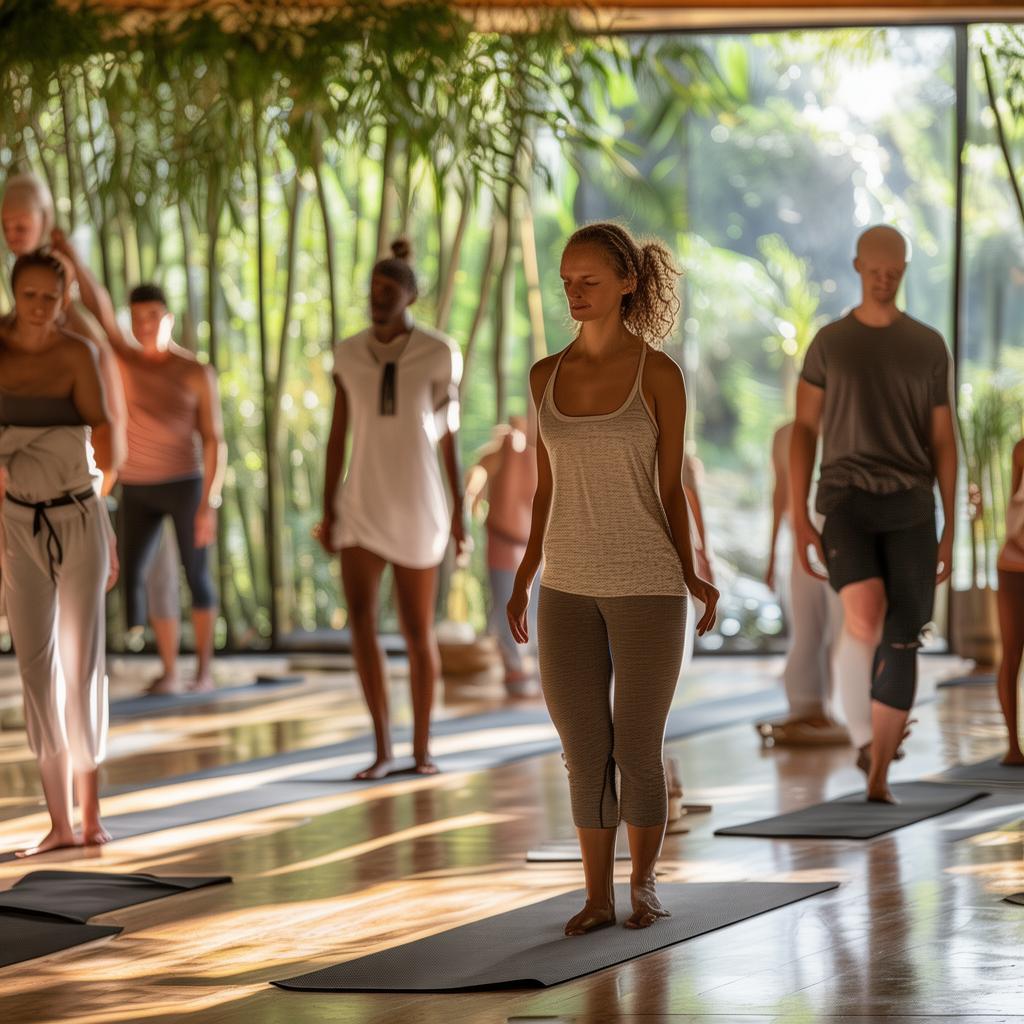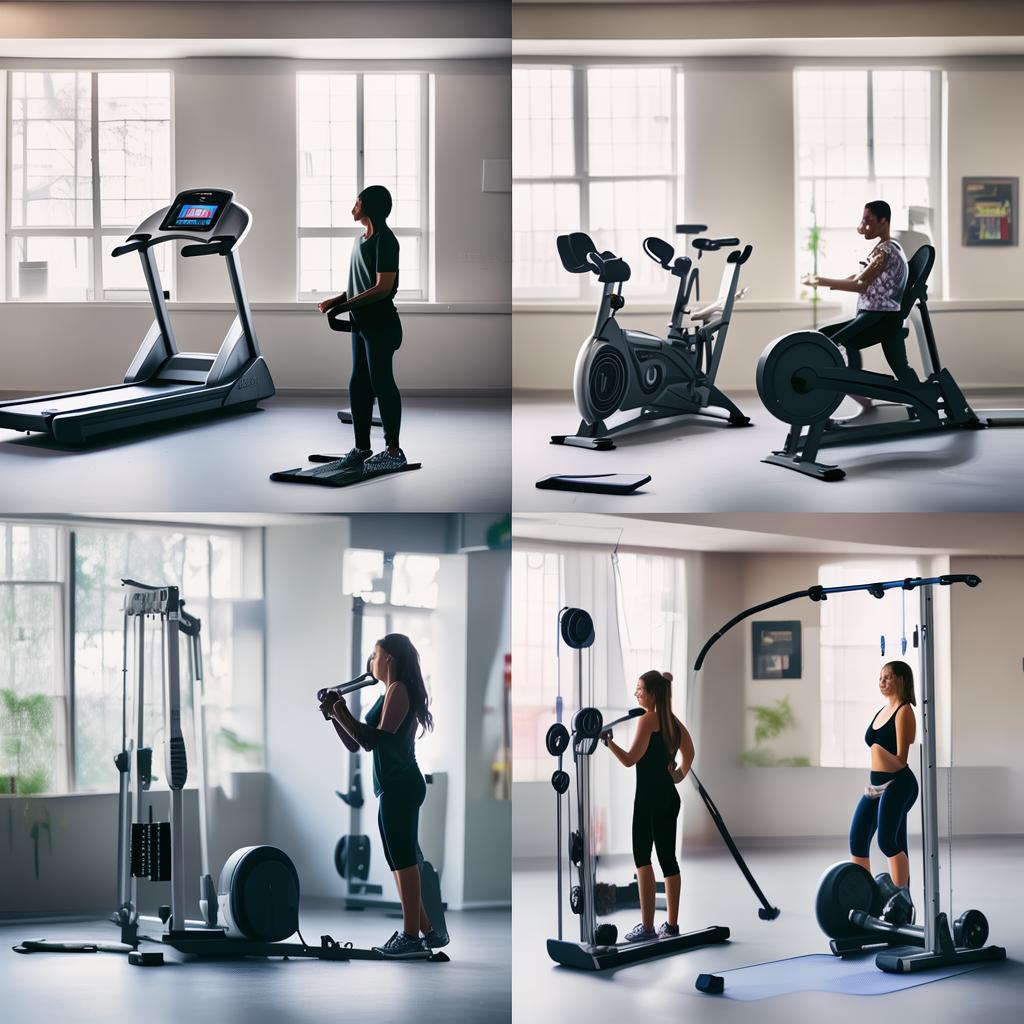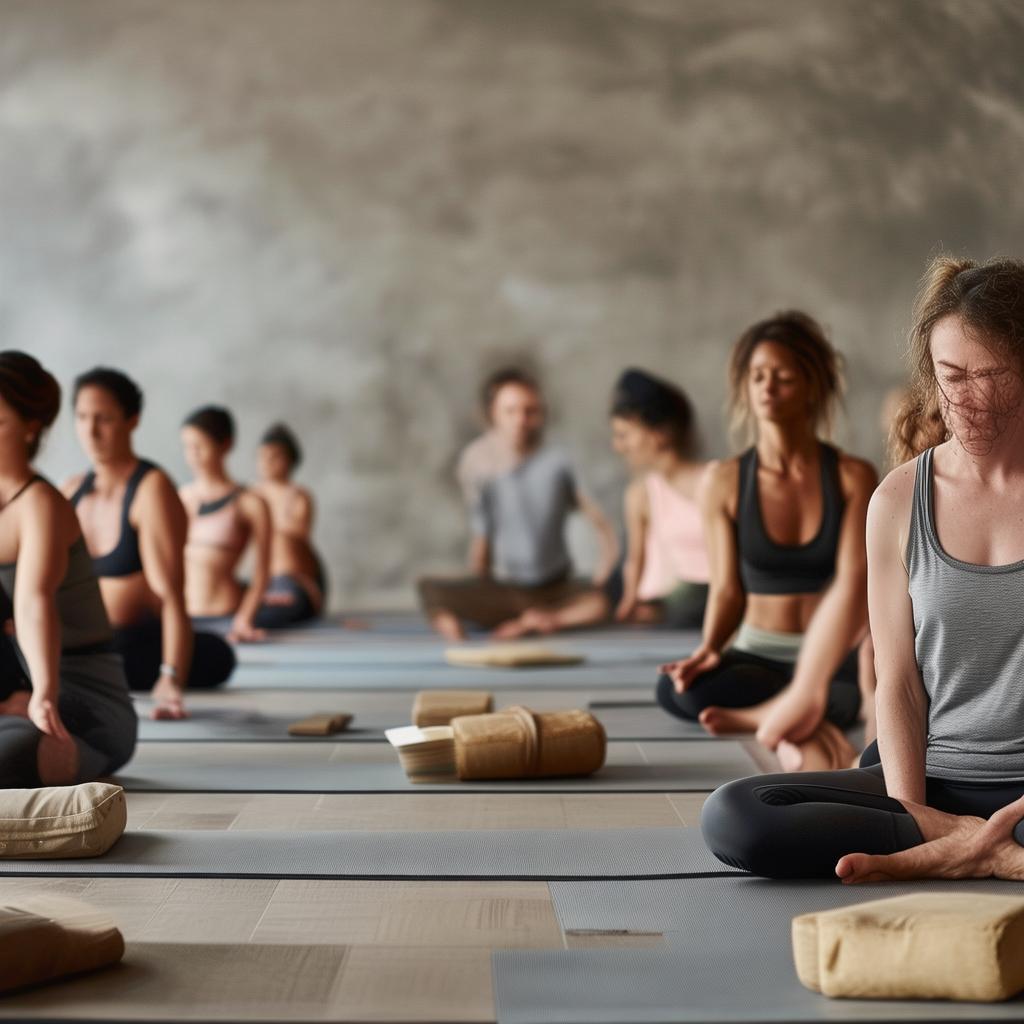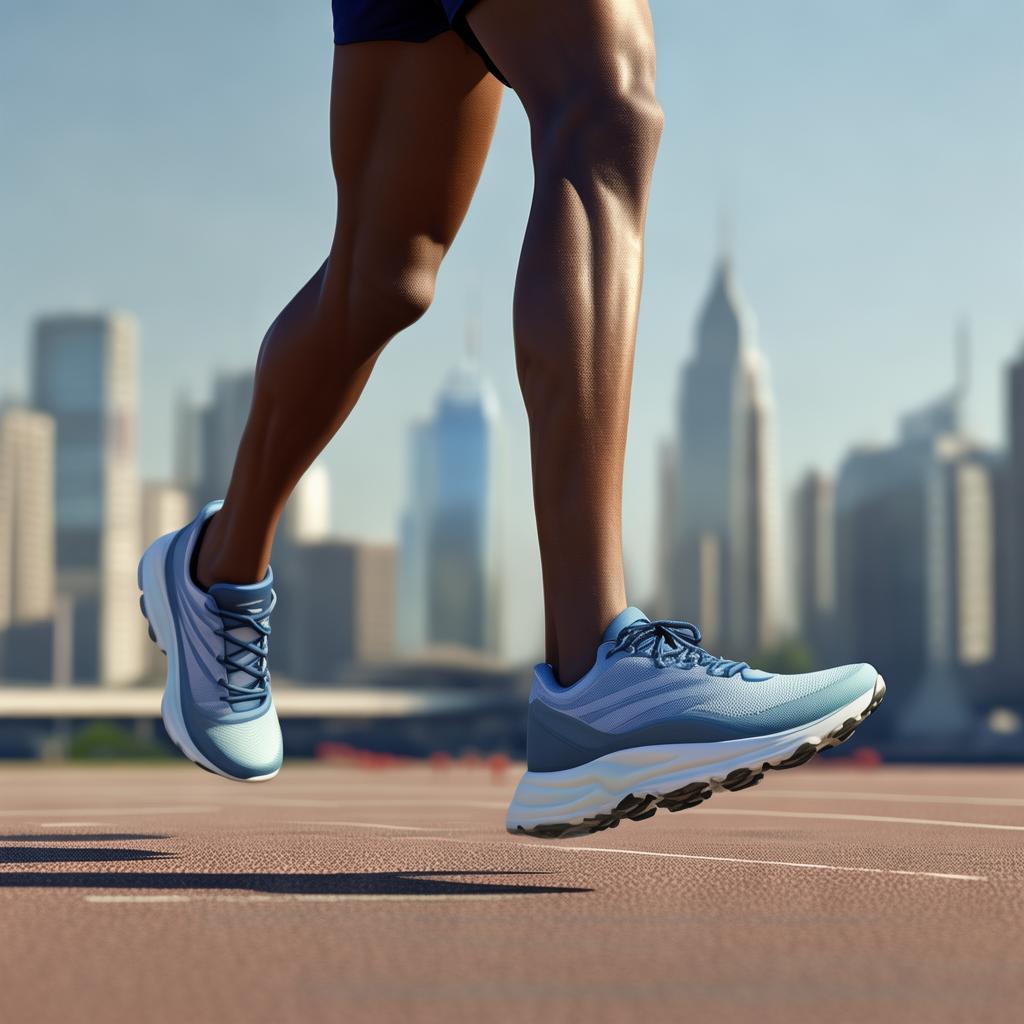Introduction
A friend of mine who was about to learn yoga received over twenty couriers in the month before starting. Inside were all kinds of yoga supplies, including multiple – sets of yoga clothes for different seasons, yoga bricks, pillows, stretching belts, balls, and various accessories like gloves, socks, headbands, wrist and knee pads, as well as mats, towels, and more. Additionally, she bought yoga – related books and electronic yoga music. This makes us wonder: do we really need to prepare so many things for yoga practice? What are they for? And what if we don’t have them?
Necessary Items for Yoga Practice
Yoga Clothes: Yoga clothes don’t refer to a specific style, brand, or fabric. Either elastic tight – fitting or traditional loose ones are acceptable, as long as they don’t impede limb movement during practice and don’t block sweat excretion. When practicing in a studio, aesthetics also matters. Usually, two or three sets for replacement are enough. For intensive training, four sets a day may be needed to keep the clothes clean before practice.
Yoga Mat: A yoga mat is like a spiritual companion. It witnesses the owner’s daily efforts and accompanies the progress in asana practice. Even when practicing in a yoga pavilion, it’s better for practitioners to bring their own mat.
Yoga Towel: After most yoga practices, practitioners usually lie down for resting art, and a yoga towel is generally used to cover the body. Even in summer, after sweating from asana practice, covering the body helps the body slowly adjust to a balanced state instead of sudden cooling down.
Optional Items and Their Uses
Towel: Whether to prepare a towel depends on the type of practice. If the exercise makes the body sweat a lot, a towel is needed to deal with sweat that may blur the vision or make the body too slippery for support postures.
For devout yogis who plan to stay on the yoga path, reading classical yoga books is also important. As for other yoga supplies, they are especially useful in Iyengar yoga and physical – therapy yoga. For example, yoga balls can help with backbends, stretch belts can increase shoulder flexibility, and yoga bricks have a wide range of uses such as helping with hip – opening and increasing the height of jumps. However, these are all assistive devices, and progress can be made without them.
Alternative Auxiliary Exercises
Yoga itself has many asanas for spine flexibility, strength strengthening, and joint activities. If joints are not opening well, daily joint activities are necessary as a foundation. Some asanas also have targeted practice effects, like reverse boat pose for armpit opening and 45 – degree and 30 – degree boat poses for core strength.
We can also use common objects around us for auxiliary exercises. Chairs, walls, and door frames are often used in yoga. For example, the wall can help with half – handstand practice and shoulder opening, and the door frame can be used to strengthen backbends. The earliest yogis didn’t even use a mat, emphasizing the connection between the feet and the earth and restraining material desires.
Personal Experience and Suggestions
When I started learning yoga, I only had a few sets of yoga clothes, a mat, a towel, and some books. As my practice advanced, I added yoga bricks and stretch belts. After starting to lead classes, I prepared more auxiliary equipment. However, I found that using objects like walls was more conducive to practice for students, while using some auxiliary equipment like pillows could lead to lack of concentration. I don’t use background music for my own practice but play it when leading students in rest techniques.
For general practitioners, it’s not advisable to have all the auxiliary equipment at the beginning. It’s better to prepare the most basic items first and add others as practice progresses, to avoid premature accumulation of items and the trouble of home – organization.





